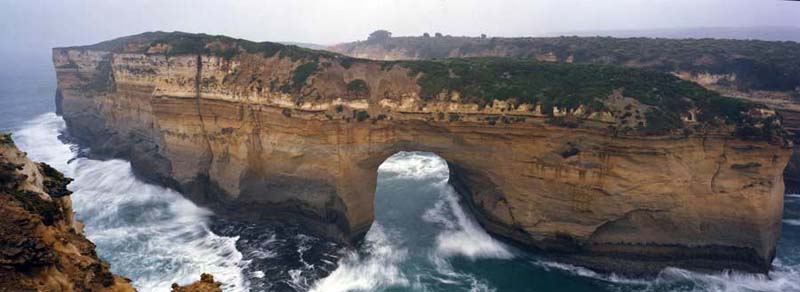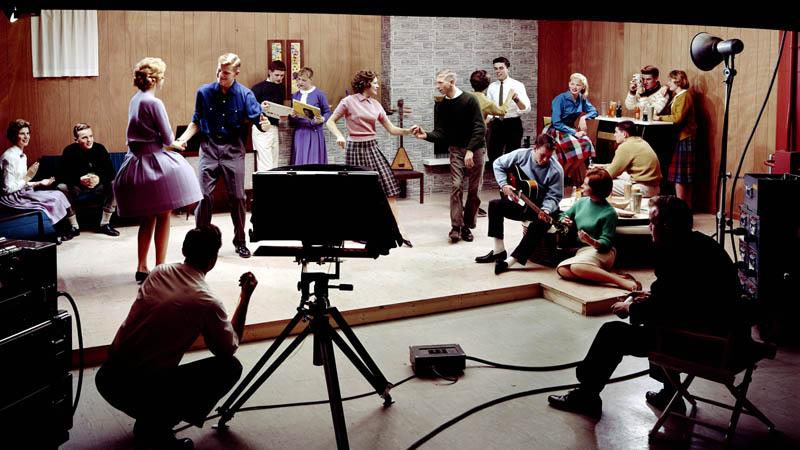|
|
|
|
|
Coloramas photographed by Neil Montanus From 1950 until 1990, Kodak’s Coloramas were familiar to millions of commuters in New York City's Grand Central Terminal. The panoramic photographs—18 feet by 60 feet—presented an idealized view of life in 20th-century America and promoted photography as an essential leisure activity. Coloramas were promoted by Kodak as “the world’s largest photographs” and called “technically remarkable” by Ansel Adams, who photographed several. The towering backlit transparencies were 18-feet high and 60-feet wide, each illuminated by more than a mile of tubing. A total of 565 Coloramas were publicly displayed, changing out every three weeks. When each new Colorama was unveiled, it often received an ovation from New York City residents and travelers. Photographer Edward Steichen telegraphed Kodak upon viewing a Colorama in 1950, stating, “EVERYONE IN GRAND CENTRAL AGOG AND SMILING. ALL JUST FEELING GOOD.” Neil's crowning achievement might have been his work on the famed Kodak Colorama
project. Once forgotten and now considered a key piece of Americana and photographic history, Neil shot 55 of the
565 Coloramas. More fascinating history on the Kodak Colorama... Cheetah,
Masai Mara Game Reserve, Kenya, Africa
Snnrise
Over Rio, Rio De Janeiro, Brazil
Christmas Carolers
First Underwater Colorama - taken in US Virgin
Islands
Teen Dance in basement recreation room
Capitol Building, Washington D.C. Jackson Hole Wyoming at Dusk, with backdrop of Grand
Tetons
Presidential
State of the Union Address, Capitol Building, Washington D.C.
Lost
City of Machu Picchu, Andes Mountains of Peru
Richardson's
Canal House Inn, Bushnell's Basin, New York
Autumn
Scene in Lake Placid, Adirondack Mountains of New York Skier and plane on a glacier
high in the Swiss Alps, with Matterhorn in background. Neil's
first Colorama, somewhere in Vermont Portuguese Fishing Village, Nazare, Portugal
Discotheque Vermont Fall Foliage Scene Family Springtime Scene - near
Atlanta, Georgia Koalas, Sydney, Australia The Lost Coloramas Some of the best Coloramas never saw the light of day. Recently discovered in Neil's archives were more than a hundred Coloramas which were never chosen by Kodak to be displayed in Grand Central Station. Many of these Coloramas have not been seen in more than 40 years. This collection is quite remarkable and is viewable upon request. Rio
Street Photographers, 1978
Acropolis
Dancers for Worlds Fair, taken in Athens, Greece. 1964
"The Girl from Ipanema", Brazilian
Model on Ipanema Beach, Rio de Janeiro, Brazil, 1976
Spanish Mission Town, Brazil, 1976
Brazialian Fisherman tending to their nets,
Brazil. 1976
Model in Bahia, Brazil, 1976
Tasmanian Cave. 1978
Sydney, Australia Opera House. 1978
Bahia Brazil, 1976
Amazon River Fishing Village. 1976
Carnival, Rio De Janeiro, 1978
Sunset, Rio de Janeiro. 1976
Waterfalls, Guam, South Pacific. 1981
Australian Cliffs. 1978
From 1950 until 1990, Kodak’s Coloramas were familiar to millions of commuters in New York City's Grand Central Terminal. The panoramic photographs—18 feet by 60 feet—presented an idealized view of life in 20th-century America and promoted photography as an essential leisure activity. The George Eastman House recent major exhibition celebrated the 60th anniversary of Colorama. Coloramas were promoted by Kodak as “the world’s largest photographs” and called “technically remarkable” by Ansel Adams, who photographed several. The towering backlit transparencies were 18-feet high and 60-feet wide, each illuminated by more than a mile of tubing. A total of 565 Coloramas were publicly displayed, changing out every three weeks. Neil Montanus shot 55 of the 565 Coloramas that were displayed in Grand Central Station. When each new Colorama was unveiled, it often received ovation from New York City residents and travelers. Photographer Edward Steichen telegraphed Kodak upon viewing a Colorama in 1950, stating, “EVERYONE IN GRAND CENTRAL AGOG AND SMILING. ALL JUST FEELING GOOD.” “These illuminated images reflected and reinforced American values and aspirations while encouraging picture-taking as an essential aspect of leisure, travel, and family,” said Dr. Alison Nordström, Eastman House curator of photographs, “The Coloramas taught us not only what to photograph, but how to see the world as though it were a photograph. They served to manifest and visualize values that even then were seen as nostalgic and in jeopardy, salvageable only through the time-defying alchemy of Kodak cameras and film.” A constant in the first two decades of Colorama was a model using a Kodak camera, photographing family, an activity, or beautiful scene. “Coloramas resonate with nostalgia, a staple in Kodak advertising since at least 1900, reminding us to pause, via photography, in the midst of present enjoyment to record it for later remembrance,” Nordström said. In addition to Adams, well-known names associated with Colorama include photographer Elliot Porter, artist Norman Rockwell who art-directed a Colorama, and TV’s Ozzie and Harriett who appeared in several. Colorama was a technical feat undertaken by Kodak’s advertising and photography teams. Making the exposures for each display was a full day’s work in almost total darkness. In early years the wet 20-foot transparencies were dried overnight in the swimming pool at Kodak’s employee recreation center — the only building large enough to accommodate Coloramas-in-the-making. The 1990 renovation of Grand Central Terminal to landmark condition marked the end of the Colorama. The final display was a glittering nighttime view of the New York City skyline, with an oversized red apple nestled among the buildings — the only digital enhancement ever created for the Colorama program. The accompanying copy read, “Kodak thanks the Big Apple for 40 years of friendship in Grand Central.”
Career Overview
Recent Press
|


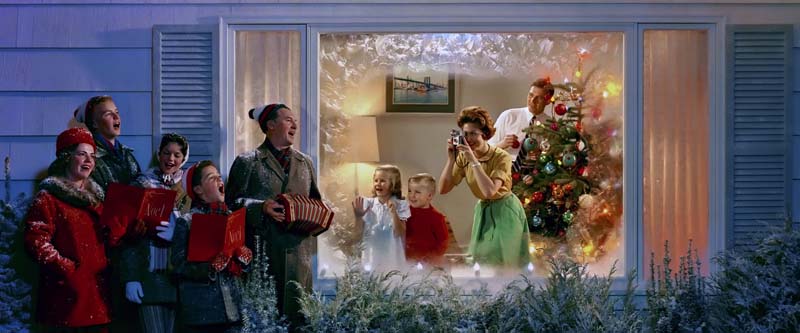
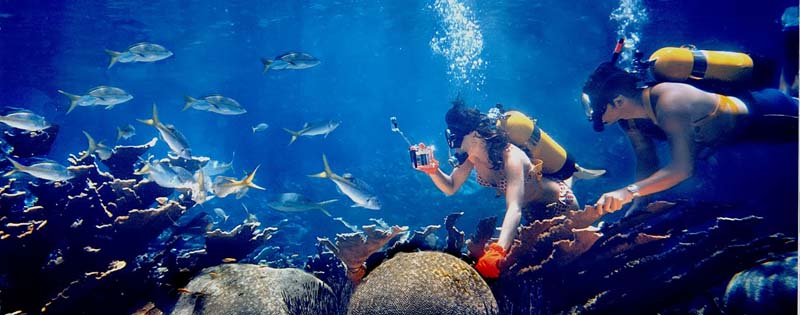
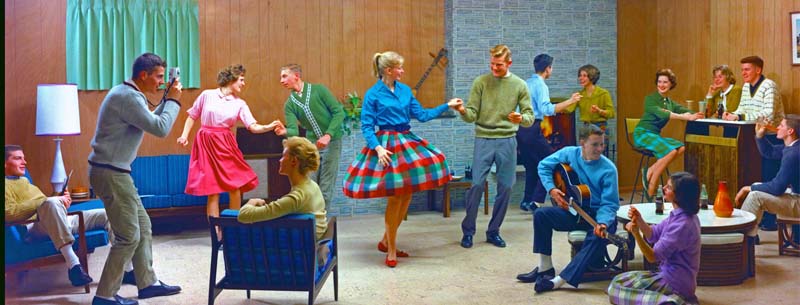

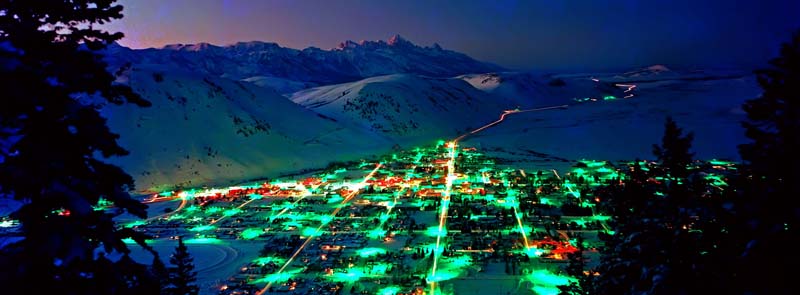

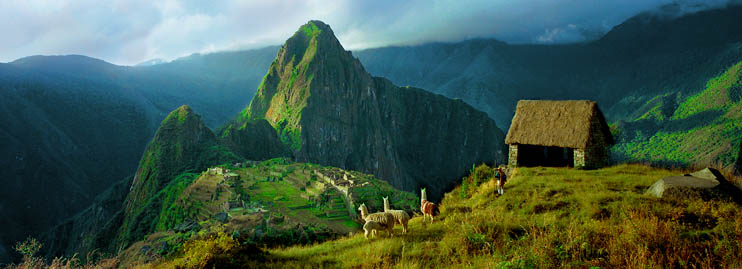

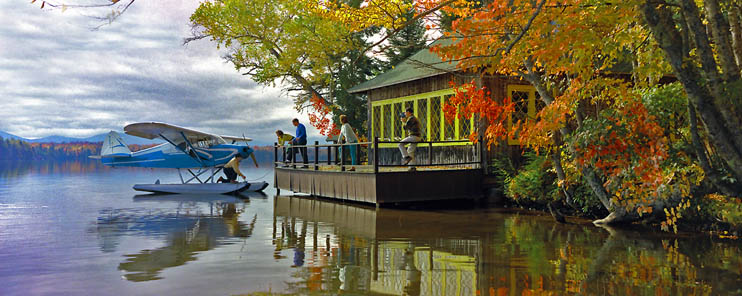
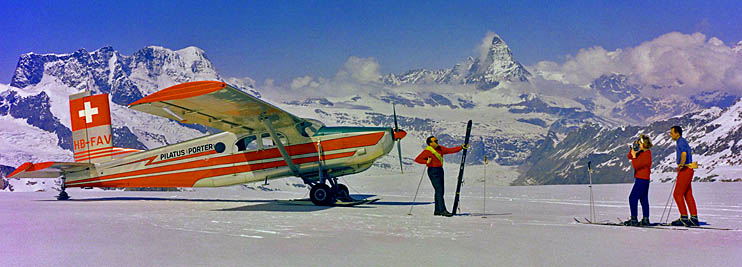
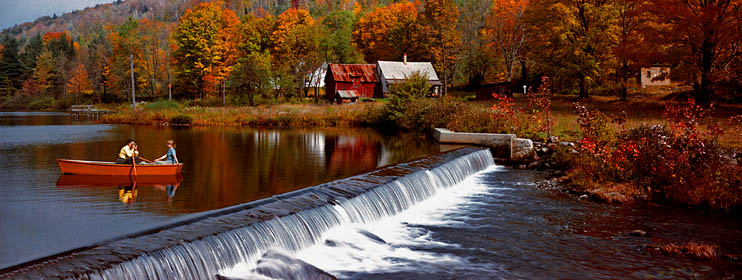


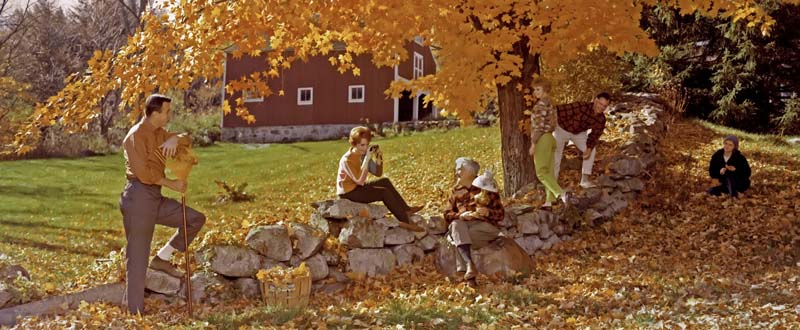
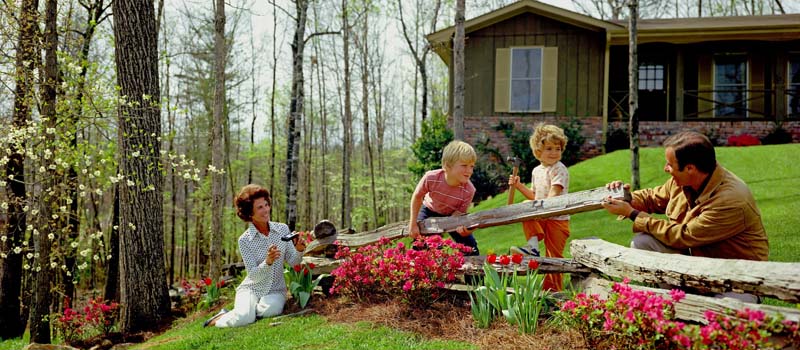
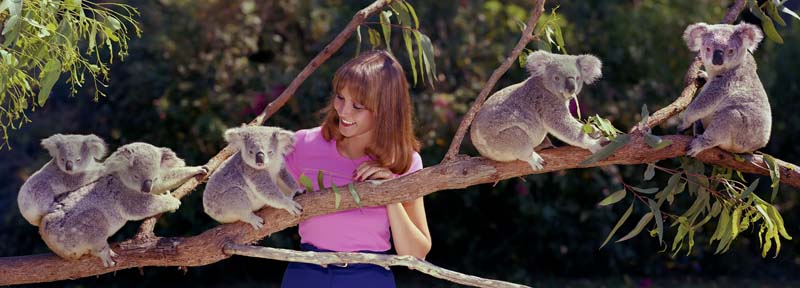







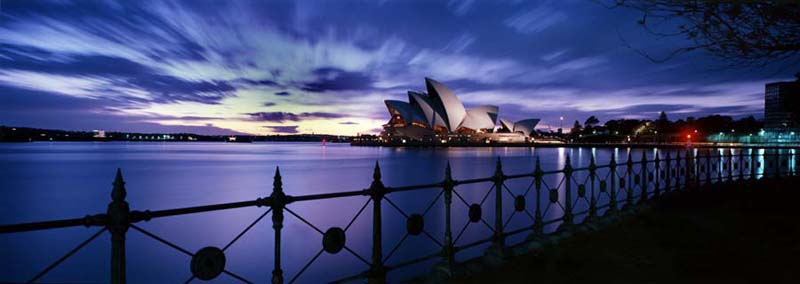
.jpg)




